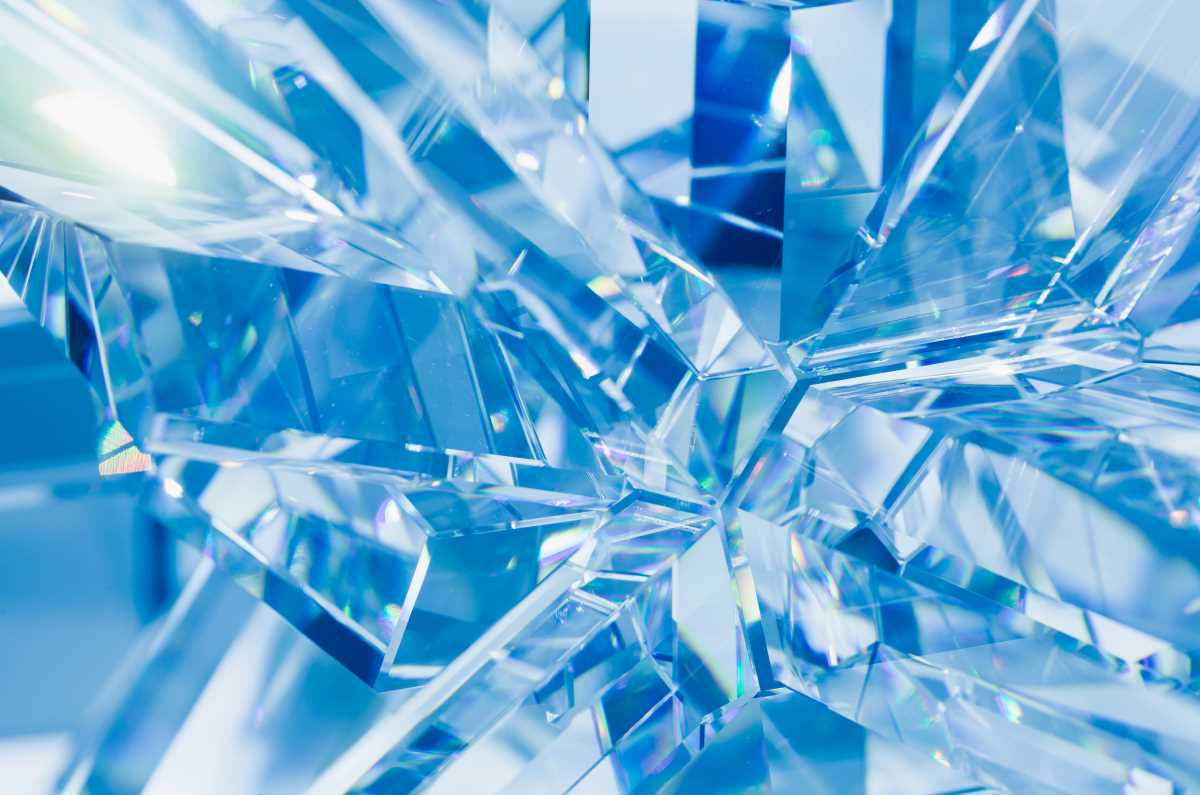Did you know that some forms of arthritis are caused by crystals forming inside a joint?
Two of these conditions are gout and acute calcium pyrophosphate (CPP) crystal arthritis. CPP is a mouthful (!), but you may have heard of its old name, pseudogout, which means ‘false gout’.
So what are these conditions? And how do they affect people?
Let’s start with gout.
Gout is a common and painful form of inflammatory arthritis. It involves sudden flares of extreme joint pain, swelling and redness. It most often affects the big toe, but it can affect any joint, including your wrists, ankles, knees, elbows, and fingers.
Gout occurs more frequently and develops earlier in men, often between 30 and 45 years. Women are more at risk of developing gout after menopause. It affects both men and women equally over 65.
Gout occurs when uric acid builds up in your blood, causing needle-shaped crystals to form inside a joint.
Some things increase your risk of developing gout. They include:
- being overweight or obese
- having conditions such as high blood pressure, chronic kidney disease, diabetes and heart disease
- drinking too much alcohol (especially beer)
- eating a diet high in purines such as meat, sweetbreads, offal, shellfish, and fructose
- using diuretics
- becoming dehydrated
- crash dieting, fasting or overeating.
Acute calcium pyrophosphate (CPP) crystal arthritis also involves sudden and painful flares of extreme joint pain, swelling and redness. This condition most often affects the knees and wrists but can affect other joints and tendons.
CPP affects both men and women, most commonly over age 60.
It occurs when calcium pyrophosphate crystals form in the joint cartilage. They may also be found in the joint lining and the joint fluid. Unlike the needle-shaped crystals in gout, these crystals are rod-shaped with blunt ends. It’s not clear why the crystals form, but they increase in number as people get older.
Some things increase your risk of developing CPP. They include:
- increasing age
- a past injury, trauma or surgery involving the joint
- osteoarthritis
- family history of the condition
- having conditions such as haemochromatosis and hyperparathyroidism.
Diagnosing crystal arthritis
Many conditions can cause joint pain and swelling, so your doctor will talk with you about your symptoms and medical history and examine the affected joint. If they suspect you have gout or CPP, they will take scans of the joint.
They may also remove a fluid sample from your joint. This fluid is examined under a microscope for the presence of crystals or anything else that may be causing the pain and inflammation. This is the most definitive test for crystal arthritis and indicates whether uric acid crystals or calcium pyrophosphate crystals are present.
Treatment
The first step in treating gout and CPP is to control the pain and inflammation. This may involve medicines, cold packs, and resting the joint.
Your doctor will consider your medical history and other health issues when deciding which medicines are most appropriate and safe for you to use.
The most common medicine used to control pain and inflammation during a gout or CPP flare is a non-steroidal anti-inflammatory (NSAID). Another common medicine used to treat gout is colchicine. Corticosteroids (or steroids) can also be very effective.
In the case of gout, once the flare is under control, your doctor may prescribe medicines that lower uric acid levels in your blood. This will depend on things such as:
- how often you have flares
- if you’ve developed tophi (hard, uric acid deposits under the skin) or kidney stones
- other health conditions you may have (e.g. kidney disease).
For both conditions, treating any underlying conditions is also important to prevent future flares.
Self-care
As well as taking your medicines as prescribed, you can reduce the pain and swelling of a flare by using an ice pack on the painful joint for short periods. You should also protect and rest the joint.
Other things you can do to prevent future flares:
- Take any medicines as prescribed.
- Lose weight if you’re overweight or obese. This needs to be done carefully and gradually, as crash diets or fasting can cause a flare for people with gout. Your doctor and/or a dietitian can support you in this.
- Drink water regularly, as becoming dehydrated can increase your risk of a flare for both conditions.
- Drink alcohol in moderation and avoid binge drinking.
- Eat a healthy, balanced diet. If you have gout, avoid or eat in moderation foods high in purines. Talk with a dietitian for more information. There is no link between CPP flares and diet. Although the crystals are calcium pyrophosphate, there’s no evidence having a calcium-rich diet triggers a CPP flare. In fact, everyone should ensure they get enough calcium in their diet to reduce their risk of developing osteoporosis.
- Exercise regularly.
- Work closely with your doctor to prevent further flares and actively manage your condition.
Contact our free national Help Line
Call our nurses if you have questions about managing your pain, musculoskeletal condition, treatment options, mental health issues, COVID-19, telehealth, or accessing services. They’re available weekdays between 9am-5pm on 1800 263 265; email (helpline@msk.org.au) or via Messenger.
More to explore
- Acute CPP crystal arthritis (pseudogout)
Versus Arthritis - Gout
Versus Arthritis - Gout and pseudogout
Safer Care Victoria - Gout or pseudogout
Arthritis Foundation - Gout
Arthritis Society - Patient education: Calcium pyrophosphate crystal deposition (CPPD) disease (Beyond the Basics)
UpToDate - Patient education: Gout (Beyond the Basics)
UpToDate - Pseudogout
Arthritis Society - What is pseudogout, and how does it differ from gout?
Medical News Today









